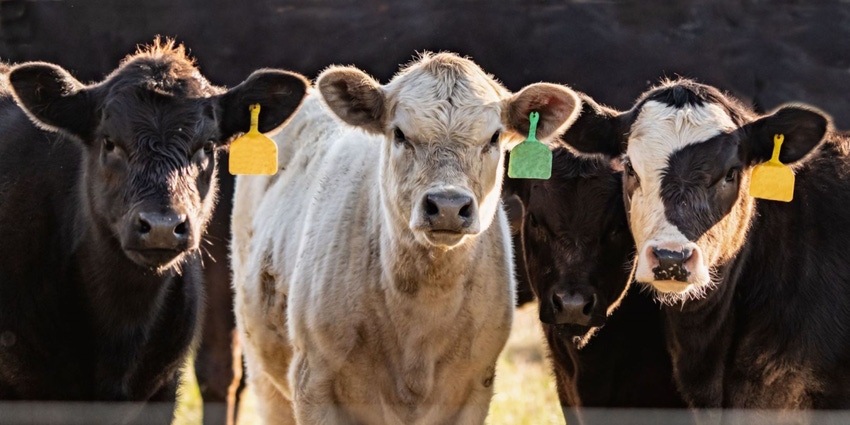Weaning strategies for preconditioning calves
What's the best way to wean calves when we are preconditioning?
October 10, 2022

Weaning is a stressful time for calves. There are social stresses associated with removal from the dam and disrupting social hierarchy, physical stresses of transportation and the marketing system, and nutritional stresses of changing feed and water sources. There is a lot of interest in finding the best way to wean calves when we are preconditioning.
Common options that have been researched include: abrupt weaning - which is stressful and completely changes the environment the calf is accustomed to; nursing prevention tools – which prevent suckling but maintain contact with the dam; Short term separation from the dam to acclimate calves to weaning pens, feed and water sources; and fenceline weaning – placing cows and calves in adjacent pastures for 7 days allowing contact but preventing suckling.
Researchers from the OSU College of Veterinary Medicine compared these methods and found that for the 2 weeks before weaning calves fitted with a nose flap had reduced gains and weaning weight. During the 28-day preconditioning period calves that had fenceline access to dams and calves that had short term (24-hour separation) from dam gained the most, while abrupt weaned calves and calves fitted with a nose flap pre-weaning gained the least.
The reduced performance by the calves fitted with the nose flap can be explained by research that the nose flap decreased activities like grazing, walking, ruminating, and playing, while increasing sucking attempts increase and time spent near the dam. Additionally, blood cortisol levels (an indicator or stress) increase when the nose flap is present.
Calves in the fencelne weaning system only spent 2 days with the majority of time spent within 15 feet of the fence and time spent near the fence reduced dramatically over the next 3 days. Fenceline weaning was shown to reduce stress and increase grazing and feeding behaviors during the weaning process. The success of the short term separation treatment shows the benefits of familiarization of calves to supplements and facilities prior to weaning.
Preconditioning is a good way to add value to calves. Last year the Oklahoma Quality Beef Network enrolled over 2,674 calves with an average premium of $14.89/cwt, this gives an estimated increased gross revenue of $199,000 for the producers involved in the program.
Research has shown that buyers of preconditioned calves can expect 90% reduction in first treatment sick-pulls from respiratory disease, a 60% reduction in calves treated three times, and 64% reduction in chronically morbid calves. Reductions in bovine respiratory disease can have huge impacts on performance throughout the stocker or finishing phases, resulting in higher overall performance and feed efficiency and higher quality carcasses. Reducing stress while we are weaning is a good idea to increase calf gains during preconditioning and backgrounding.
Dr. Mark Johnson discusses the process of fenceline weaning on SunUp TV’s Cow-Calf Corner from August 23, 2021. https://www.youtube.com/watch?v=8Zp-D1kAPgM
Source: Oklahoma State University, who is solely responsible for the information provided and is wholly owned by the source. Informa Business Media and all its subsidiaries are not responsible for any of the content contained in this information asset.
You May Also Like


.png?width=300&auto=webp&quality=80&disable=upscale)
